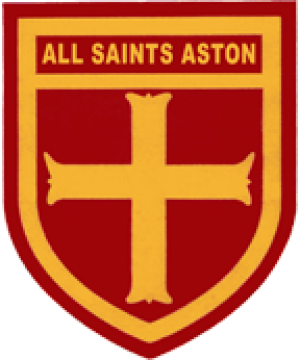Year 5
Welcome to Year 5 Class Page!
A huge welcome to the Year 5 page. Here, you will find the information you need about our class, the current learning and links to useful websites.
English
Children will develop their understanding and skills in English through a rich variety of reading and writing lessons. Children will analyse the language used in the different genres and develop their writing skills to enable them to improve it, leading to writing their own version in the same style. All aspects of the Year 5 National Curriculum will be taught, enhanced by the Pathways 2 Read & Write schemes of work. Children will also have opportunities to revisit, review and learn from individual grammar, punctuation and spelling lessons.
Reading
Children will practise reading every day through a wide variety of resources. Each day, children will read texts and build their word reading, fluency and accuracy, whilst also developing their ability to answer a variety of questions linked to the text. Each week will have a specific skill to be taught and practised.
Maths
Our maths learning will begin with children securing their place value understanding and beginning to read, write and order number numbers up to 1,000,000. Children will then begin to develop their calculation skills when adding, subtracting, multiplying and dividing mentally and by using formal written strategies. During the second part of the Autumn term, children will be learning how to find equivalent unit and non unit fractions, converting improper fractions to mixed numbers and vice versa, and comparing and ordering fractions.
Below you can find Year 5's Key Instant Recall Facts, known as KIRFs, for maths. These are facts that should be practised as often as possible so that children become fluent, confident and can recall these facts instantly to apply them to mathematical learning accurately.
Key Instant Recall Facts for Year 5
Foundation Subjects:
Autumn term year 5
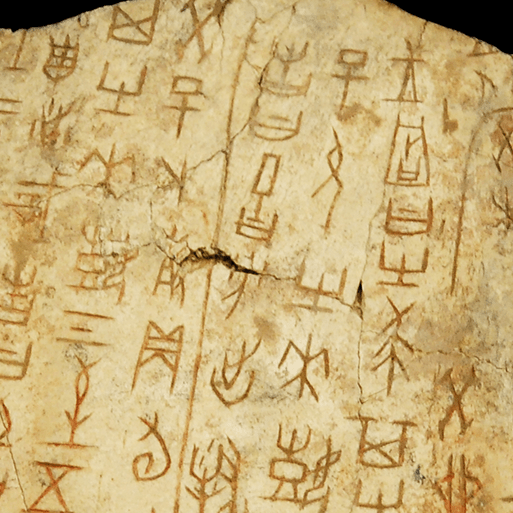
In Dynamic Dynasties, your child will learn about periods of ancient Chinese history. They will explore a timeline of the first five Chinese dynasties and learn about the legends surrounding the beginning of Chinese civilisation. They will take a deep dive into the history of the Bronze Age Shang Dynasty and explore evidence found in the ancient city of Yin. They will study oracle bones, learn about religious beliefs and explore bronze artefacts that set the Shang Dynasty apart from other civilisations. They will also study the hierarchy of the Shang Dynasty and discover who was powerful and who was powerless. They will look at warfare and find out how bronze technology gave the Shang Dynasty an advantage over their enemies. They will learn about the life of the great military leader, Fu Hao. The children will then look at significant aspects of life after the Shang Dynasty, including the work of Confucius in the Zhou Dynasty, the short but significant reign of Emperor Qin Shi Huang of the Qin Dynasty and the importance of the Silk Road created by the Han Dynasty. To end the project, your child will find out how ancient China’s lasting legacy can be seen in the world today.
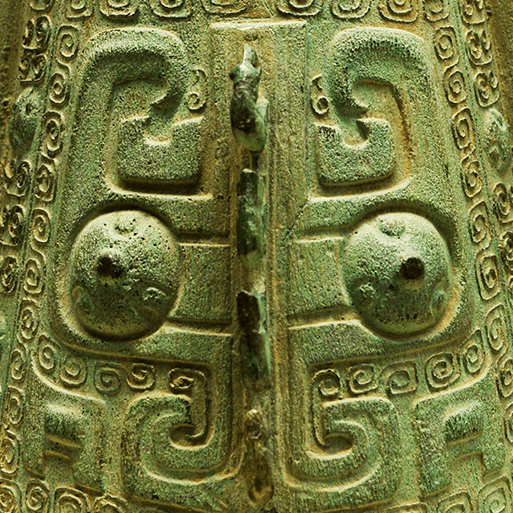
Taotie - This project is linked to . This project teaches children about the significance and art of the taotie motif, including ancient and contemporary casting methods.

In the Forces and Mechanisms project, your child will revisit prior learning about forces, identifying what a force is and discussing the two types, including contact and non-contact forces. They will learn that gravity is a force of attraction and follow instructions to observe gravity in action. They will learn the meanings of the terms 'mass' and 'weight' and their units of measurement, following instructions to record the mass and weight of various everyday objects using a piece of equipment called a force meter. They will revisit learning about friction, discussing situations where it can be helpful or where we need to minimise its effects. They will learn about the frictional forces called air and water resistance in detail and conduct investigations to observe these frictional forces in action. They will learn about mechanisms, including gears, pulleys and levers and follow instructions to investigate how these simple machines use forces to make tasks easier. They will generate scientific questions they wish to study further on the theme of forces and mechanisms and research to find the answers. They will complete their learning by examining the forces involved in riding a bicycle and the parts that are gears, pulleys and levers.
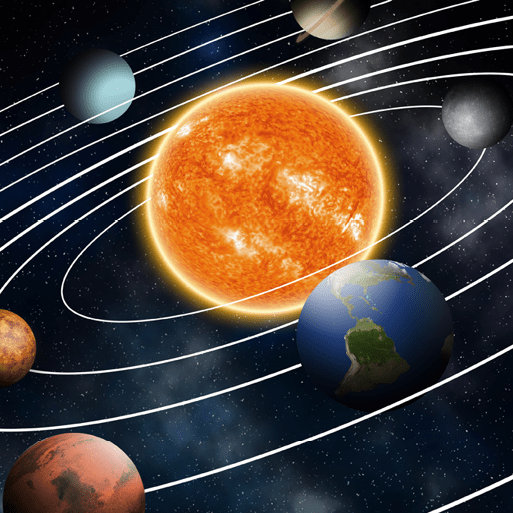
In the Earth and Space project, your child will learn the names of the planets in the Solar System before creating a model outdoors to describe its scale, movement and features. They will learn how scientists throughout history used different methods to study the Solar System and came to understand how the planets orbited the Sun. They will make a model and use it to explain the orbits of the Moon around the Earth and the Earth around the Sun. They will identify the spherical shape of the Sun, Earth and Moon. They will learn how people in ancient civilisations believed the Earth was flat and how evidence proved the Earth was a sphere. They will know that the Earth's rotation creates a range of phenomena, including day and night and the appearance of the Sun rising above the horizon in the east at sunrise, moving across the sky and then setting below the horizon in the west at sunset, and use equipment to model these phenomena. They will make and use sundials to learn how people in the past used the Earth's rotation, the angle of the sunlight, and the length and direction of shadows to tell the time. They will learn that the Earth's tilt and rotation as it orbits the Sun creates different seasons and day lengths in the Northern and Southern Hemispheres and the effect of similar amounts of direct sunlight all year round in the tropics. They will research the times of day on the Earth in different locations and describe how Earth's rotation creates this phenomenon. They will learn about the Moon's orbit and name and explain the eight phases of the Moon. They will research how solar and lunar eclipses occur and create labelled diagrams to show their findings. Children will complete their learning by conducting an in-depth study of either Mercury, Venus, Mars, Jupiter, Saturn, Uranus or Neptune and compare the planet's scale, features and movement to that of the Earth.
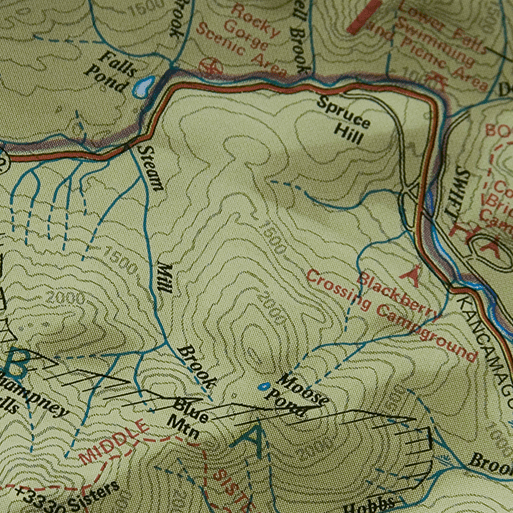 During the Investigating Our World project, your child will study Ordnance Survey maps to write a description of the local area. They will learn about contour lines and revise six-figure grid references to locate features on maps. Your child will learn about the Prime, or Greenwich, Meridian and find out that Greenwich Mean Time, or GMT, is taken from the Prime Meridian. They will know that the Earth is split into 24 time zones and calculate the time in places worldwide. Your child will learn about climate zones, vegetation belts and biomes. They will find out that the climate and vegetation in an area determine the animals that live there. Your child will learn about the human geography of the continents and locate capital cities around the world. They will identify relative locations and use the scale bars on maps to find the distance between places. They will study the motorway network across the United Kingdom, learning how they connect towns, cities and transport links across the country. Your child will explore a settlement hierarchy diagram and learn about the relative size, significance and populations of settlements. At the end of the project, they will carry out a fieldwork enquiry to discover which settlement types are in their local area.
During the Investigating Our World project, your child will study Ordnance Survey maps to write a description of the local area. They will learn about contour lines and revise six-figure grid references to locate features on maps. Your child will learn about the Prime, or Greenwich, Meridian and find out that Greenwich Mean Time, or GMT, is taken from the Prime Meridian. They will know that the Earth is split into 24 time zones and calculate the time in places worldwide. Your child will learn about climate zones, vegetation belts and biomes. They will find out that the climate and vegetation in an area determine the animals that live there. Your child will learn about the human geography of the continents and locate capital cities around the world. They will identify relative locations and use the scale bars on maps to find the distance between places. They will study the motorway network across the United Kingdom, learning how they connect towns, cities and transport links across the country. Your child will explore a settlement hierarchy diagram and learn about the relative size, significance and populations of settlements. At the end of the project, they will carry out a fieldwork enquiry to discover which settlement types are in their local area.

Moving Mechanisms - This project teaches children about pneumatic systems. They experiment with pneumatics before designing, making and evaluating a pneumatic machine that performs a useful function.
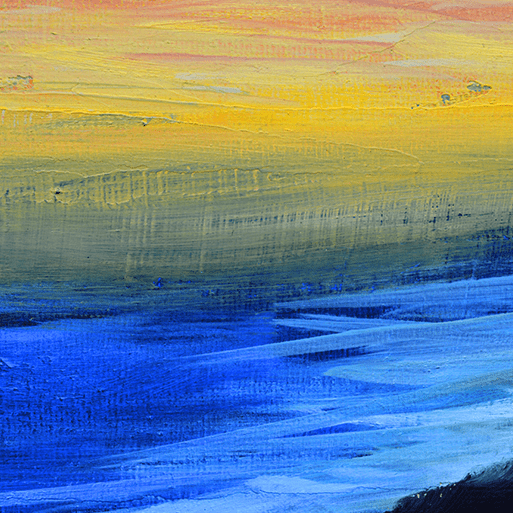
Colour in Landscapes - This project teaches children about colour theory by studying tints, shades and tones. They learn about the features of landscapes before using this knowledge to create landscape paintings.
Spring term year 5

In the Sow, Grow and Farm project, your child will learn about allotments in the United Kingdom and how the government encouraged people to have them to support food rationing during the Second World War. They will learn about food webs and animal life cycles, including how living things are dependent on one another within a habitat. They will investigate the different ways that plants reproduce and will dissect flowering plants to identify the different structures. They will have the opportunity to learn about farming in the United Kingdom and the techniques used in modern farming, including the challenges that farmers face. They will learn about the benefits of eating seasonally and about the pros and cons of importing food. They will also learn about world farming and how the different climate zones affect where different foods can be grown.
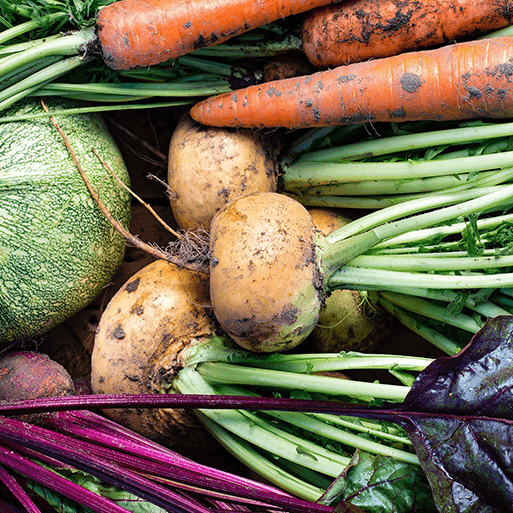
Eat the Seasons - This project teaches children about the meaning and benefits of seasonal eating, including food preparation and cooking techniques.
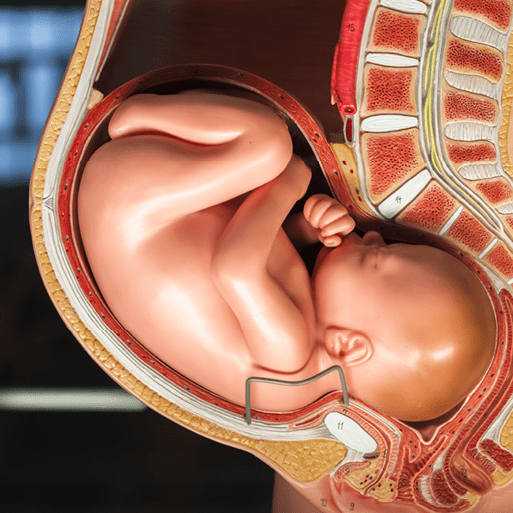
In the Human Reproduction and Ageing project, your child will learn what life cycles are, order the stages of life cycles for different animal species and compare them. They will learn what mammals are and the five key mammalian characteristics. They will sort vertebrates, deciding whether or not they are mammals. They will look closely at different mammalian life cycles and make comparisons. They will investigate the relationship between the mass of mammals and how long they carry their young by creating and interpreting scatter graphs. They will learn about the stages and processes of the human life cycle. They will learn about human gestation from embryo to birth. They will investigate how humans change and develop from infant to adolescence in the juvenile stage. They will learn about the changes that happen during puberty. They will interpret data about human growth and learn about the human reproductive system and sexual reproduction. They will learn about how humans change as they get older. They will investigate how ageing affects reaction times.
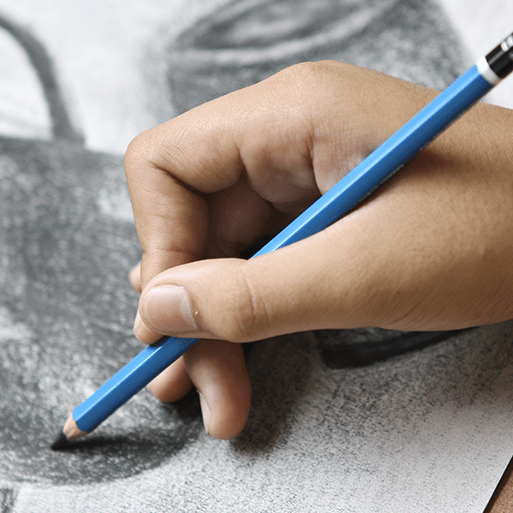
Line, Light and Shadows - This project teaches children about the visual qualities of line, light and shadow. They explore the work of Pablo Picasso and Rembrandt and are introduced to a range of shading techniques. They take black and white photographs and use pencil, pen and ink wash to reimagine their photographs in a shaded drawing.
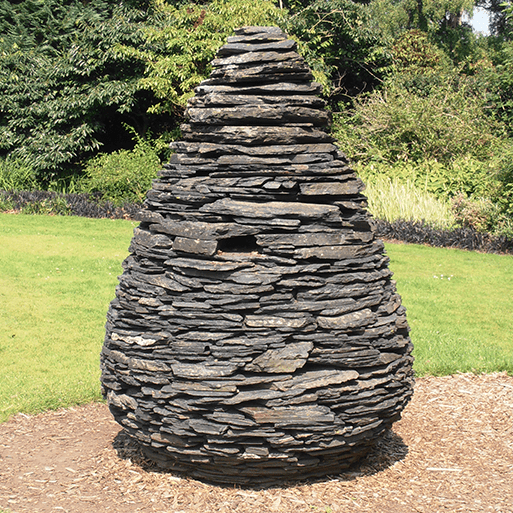
Natures Art - This project teaches children about the genre of land art. They work outdoors to sketch natural forms and explore the sculptural potential of natural materials before working collaboratively to create land art installations.
Summer term year 5
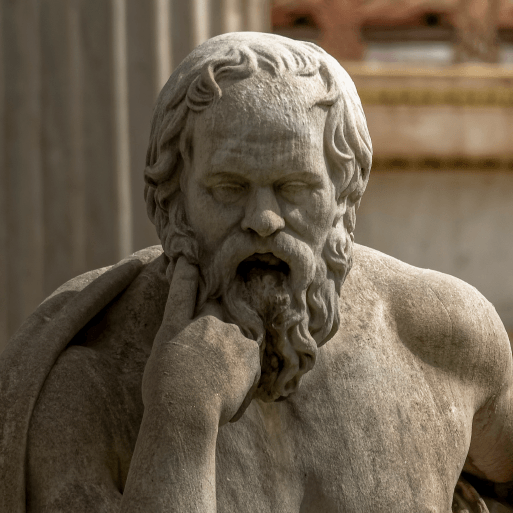
In the Groundbreaking Greeks project, your child will learn about different periods of Greek history, exploring the earliest civilisations, the devastation of the Dark Age and the breakthroughs and developments of the Archaic and Classical periods. They will understand how the geography of Greece affected the development of city states and explore Athens, learning about the structure of the government and society. They will get to know some of the most significant Athenians and understand why Greek art, culture, architecture, philosophy, medicine and mathematics were so significant. Your child will learn about the leadership of Alexander the Great and discover how ancient Greece became part of the Roman Empire after the Hellenistic period. They will explore how the Romans respected and developed Greek ideas, making them their own and spreading them throughout the Roman Empire. To end the project, your child will decide which was the ancient Greeks' greatest idea, and explore how the legacy of ancient Greece affects their lives today.
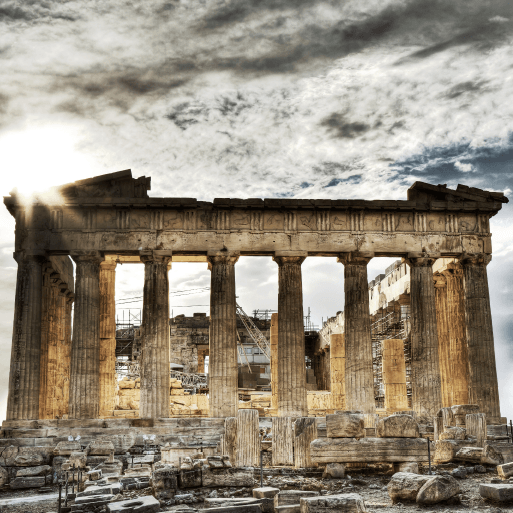
Architecture - This project teaches children about how architectural style and technology has developed over time and then use this knowledge to design a building with specific features.
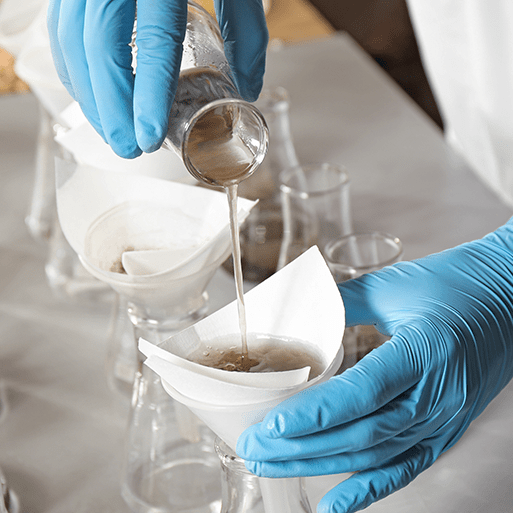
In the Properties and Changes of Materials project, your child will revisit prior learning about the properties of materials. They will plan and carry out tests to determine the properties of a range of materials. They will use their results to suggest suitable materials for different purposes. They will learn about the property of thermal conductivity and identify materials that are thermal conductors and insulators. They will also learn about the property of solubility and test various materials to discover which are soluble and insoluble. They will find out about heterogeneous and homogeneous mixtures and will separate heterogeneous mixtures using sieving and filtration. They will also separate homogeneous mixtures, investigating how to reverse dissolving by evaporation. They will ask scientific questions about separating unusual mixtures and research to find out the answers. They will learn the difference between reversible and irreversible changes and follow instructions to observe the signs of an irreversible change firsthand. They will complete their learning by finding out about materials scientists and their innovative materials.
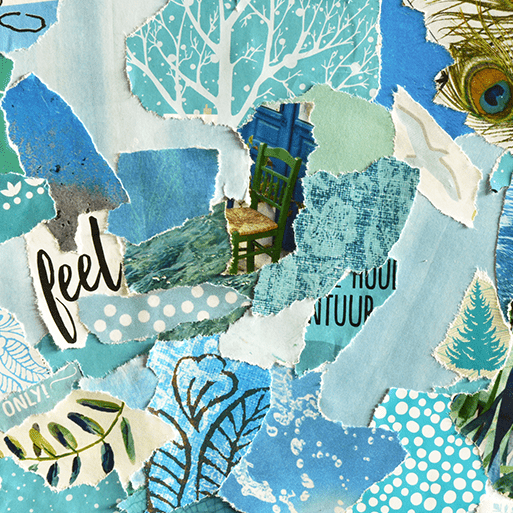
Mixed Media - This project teaches children about paper crafts, papermaking and collage techniques, including paper, fabric, mixed media and photo collage. They use their learning to create a final piece of small-scale, mixed media collage.
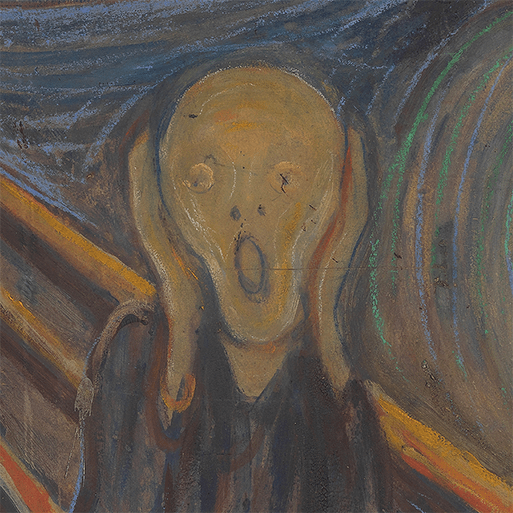
Expression - This project teaches children about the Expressionist art movement and the 'Father of Expressionism', Edvard Munch. They explore different ways to portray feelings and emotions in art to create an imaginative self-portrait.
Things to remember:
PE will be outside on a Wednesday afternoon and inside on a Thursday afternoon. Children will need black shorts and a yellow t-shirt. Children may also bring joggers, a hoody/jacket and trainers for outdoor PE. Earrings will need to be removed or taped up during our PE sessions as jewellery can be dangerous when exercising. Children with long hair will also need a way to tie their hair up.
Homework will be sent every Friday. This will alternate between English and maths. Alongside those will be weekly spellings and reading to an adult. We would really love it if parents/guardians could try to listen to their child read as often as possible. We recognise that this isn't always easy, but little and often really does make a huge difference.
ClassDojo is a super tool to communicate with us and help us to address any problems or queries as they arise. We will try to respond to your queries in a timely manner, however there may be times where we are not available - when teaching for example. If reporting an absence, appointment, uniform enquiries, requesting forms, then please contact Mrs Newton or Mrs Moss in the office.
Lunch Hound - Dinner orders
Timestable Rockstars - login and practise your times tables.
